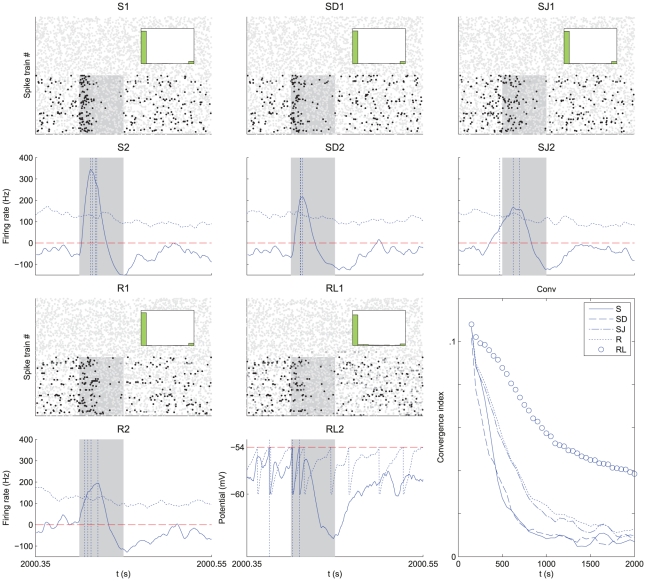Figure 3. Emerged input selectivity after learning ( s).
s).
Comparison between a trained Poisson neuron for the different pattern types in Fig. 1: (S) model S with  Hz,
Hz,  , and
, and  ms, (SD) model S with
ms, (SD) model S with  Hz,
Hz,  , and
, and  ms, (SJ) model S with
ms, (SJ) model S with  Hz,
Hz,  , and
, and  ms and (R) model R with
ms and (R) model R with  Hz and width
Hz and width  ms; and (RL) a trained LIF neuron with the model R. All patterns have the same latencies
ms; and (RL) a trained LIF neuron with the model R. All patterns have the same latencies  . See Text S1 Section S3.2 for details about the parameters. Top panels (label 1): Input raster plots for
. See Text S1 Section S3.2 for details about the parameters. Top panels (label 1): Input raster plots for  afferents. Darker grey dots indicate stronger weights for synapses whose EPSPs significantly contribute to variations of the soma potential. Again each pattern presentation is indicated by a grey rectangle. In all plots, the cluster of black dots at the beginning of the pattern presentation indicates that STDP has potentiated synapses corresponding to early spikes in the pattern. All non-pattern synapses have been almost completely depressed. The insets display the weight histogram at the end of the learning epoch: the distribution is bimodal with about 70 out of 1,000 potentiated synapses. Bottom panels (label 2): Evolution of the lumped EPSPs (solid curve), namely the contribution to
afferents. Darker grey dots indicate stronger weights for synapses whose EPSPs significantly contribute to variations of the soma potential. Again each pattern presentation is indicated by a grey rectangle. In all plots, the cluster of black dots at the beginning of the pattern presentation indicates that STDP has potentiated synapses corresponding to early spikes in the pattern. All non-pattern synapses have been almost completely depressed. The insets display the weight histogram at the end of the learning epoch: the distribution is bimodal with about 70 out of 1,000 potentiated synapses. Bottom panels (label 2): Evolution of the lumped EPSPs (solid curve), namely the contribution to  in the rhs of Equation (4) without the positive part for Poisson neurons and
in the rhs of Equation (4) without the positive part for Poisson neurons and  in Equation (S34) for the LIF neuron. The horizontal dashed line indicates the “threshold”: zero for Poisson neurons (under which no spike is emitted), and
in Equation (S34) for the LIF neuron. The horizontal dashed line indicates the “threshold”: zero for Poisson neurons (under which no spike is emitted), and  for the LIF neuron; the vertical dashed lines the output spikes. The dotted curves represent the lumped EPSPs before training. (Conv) Plot of the convergence index defined in Equation (24) as a function of time for all models. A lower value indicates a bimodal distribution of the weights at the bounds, to evaluate the learning progression.
for the LIF neuron; the vertical dashed lines the output spikes. The dotted curves represent the lumped EPSPs before training. (Conv) Plot of the convergence index defined in Equation (24) as a function of time for all models. A lower value indicates a bimodal distribution of the weights at the bounds, to evaluate the learning progression.

